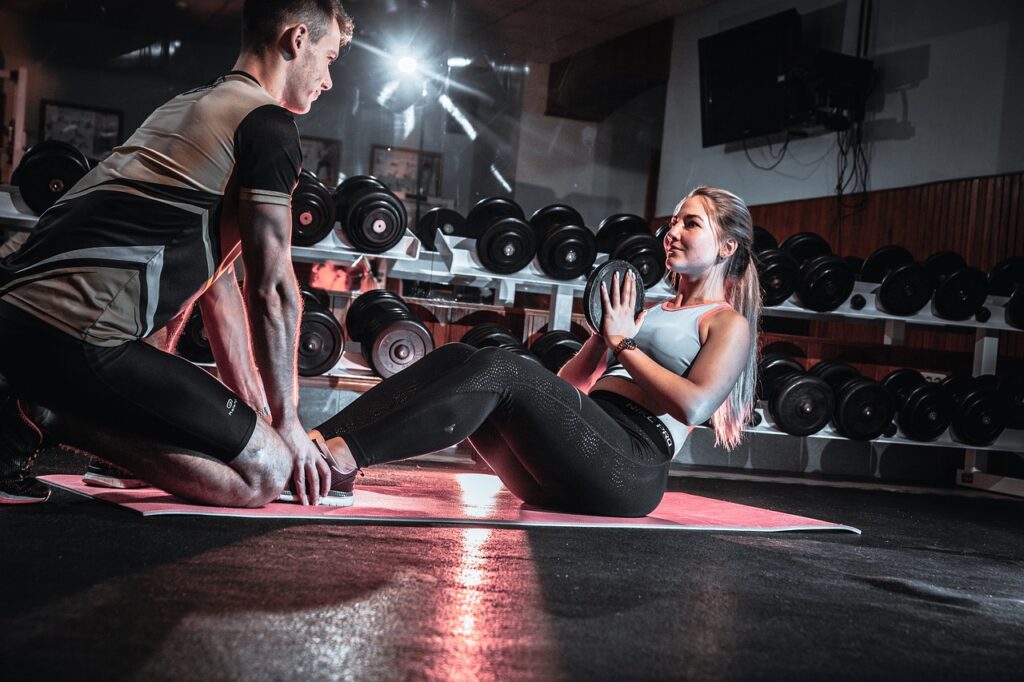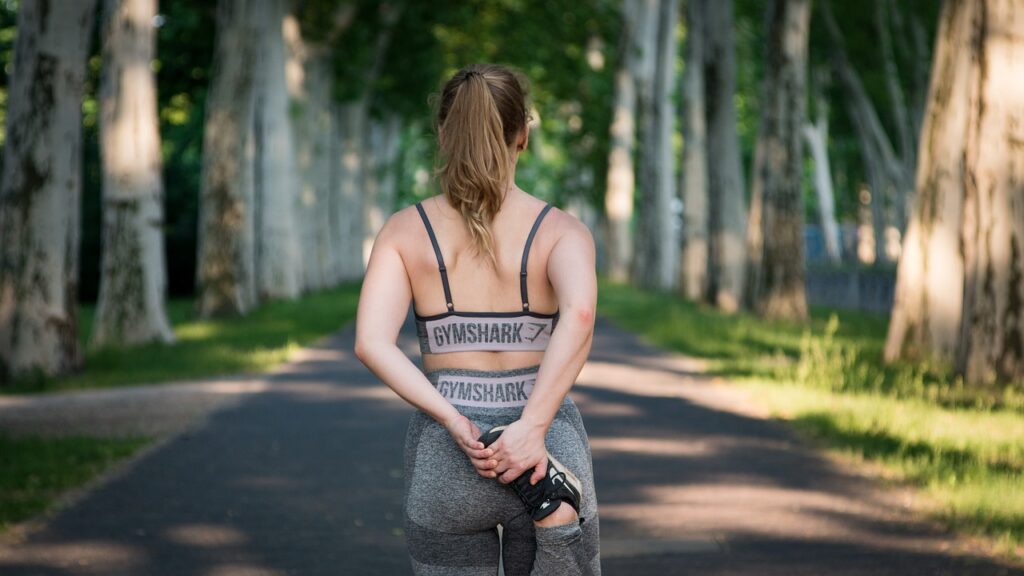The Surprising Health Benefits of Walking for Just 30 Minutes a Day
Walking is one of the simplest, most convenient and beneficial forms of exercise we can do, yet many underestimate its wide-ranging impacts on our physical and mental health. Just 30 minutes a day of moderate walking can work wonders to improve your wellbeing over both the short and long haul.
As a form of light cardiovascular activity and weight bearing exercise, regular walking offers advantages for heart health, blood sugar regulation, weight management, strength and so much more. Unlike running or vigorous sports, it is low impact and gentle on your joints, allowing individuals of all ages and fitness levels to partake.
Read on to learn how making a daily 30 minute walk part of your routine can dramatically enhance your health. I’ll cover the science-backed benefits to your heart, weight, blood sugar, bones, muscles and mood that this simple habit provides.
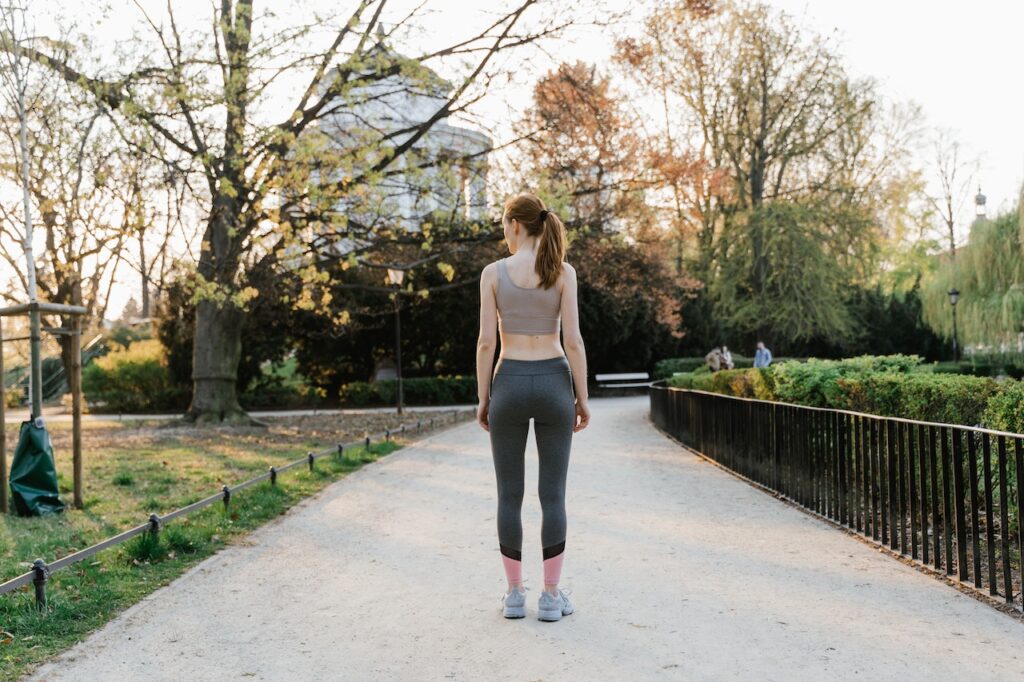
Walking Strengthens Your Heart and Cardiovascular System
Walking helps strengthen your heart muscle while improving circulation and blood flow. As a moderate aerobic activity, it causes your heart rate to rise which then triggers your body to release beneficial hormones.
One of these is nitric oxide, which helps expand and relax your blood vessels to accommodate increased blood volume. This reduces strain on your heart while the enhanced circulation delivers oxygen and nutrients throughout your body.
Studies show that walking just 30 minutes a day significantly lowers blood pressure and “bad” LDL cholesterol levels in previously sedentary individuals. This in turn decreases your risk of dangerous plaque buildup in your arteries that can lead to heart attack or stroke.
Research also indicates walking provides protective benefits if you have a family history of heart disease or already suffer from coronary artery disease. By strengthening your heart, it becomes more efficient at pumping blood so that even small amounts of exertion don’t cause chest pain or shortness of breath.

Aid Weight Loss Through Calorie Burning and Metabolism Boosts
If you are looking to shed a few pounds, going for regular 30 minute walks is an excellent place to start. At a moderate pace, a 155 pound person can expect to burn around 150 calories during a half hour walk. While this might not seem like much, those calories burned quickly add up to pounds dropped over weeks and months.
The benefits of walking for weight loss extend beyond just the calories you torch on individual walks, however. More importantly, it helps boost your resting metabolism so you burn extra calories day and night.
Research has found walking helps improve fat burning during both exercise and while at rest. One study showed previously obese women who walked 12 miles a week for 15 weeks experienced a significant improvement in fat oxidation versus non-exercisers.
This makes sense when you consider walking helps build calorie-burning muscle mass while decreasing fat-storing hormones. It provides metabolic benefits that aid weight management over the long run.
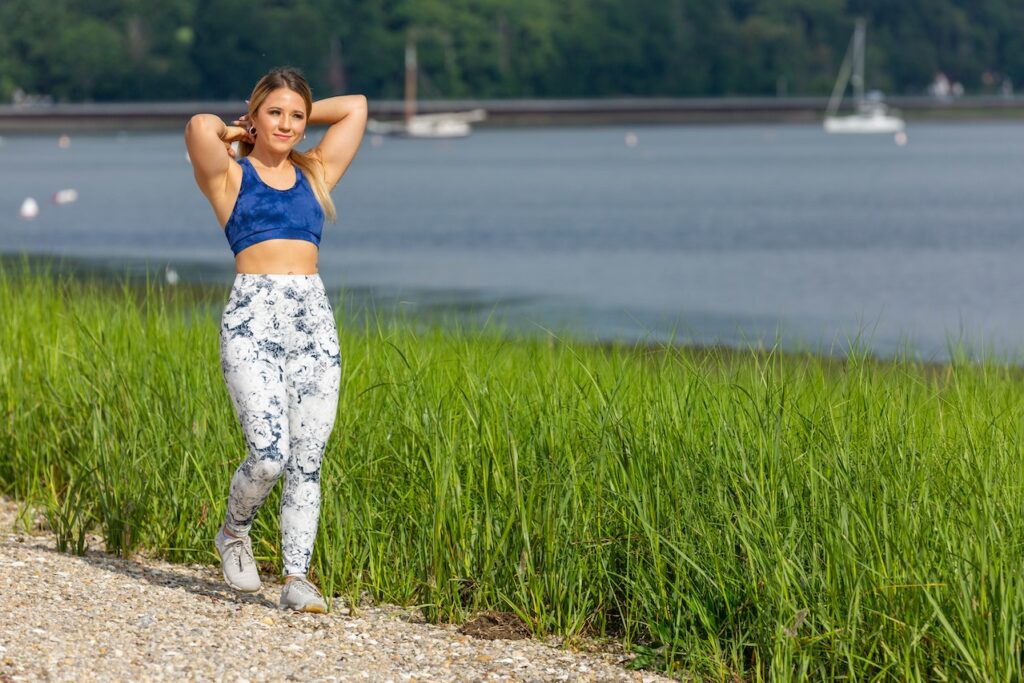
Regulate Blood Sugar Levels for Diabetes Prevention and Management
For those struggling with type 2 diabetes or prediabetes, walking after meals is one of the best forms of exercise to help regulate blood sugar spikes. Even short 20 minute walks in the post-meal period have been shown to aid the body’s uptake of glucose and improve insulin sensitivity.
This is key because physical activity makes your cells more receptive to insulin, the hormone needed to transport sugar from your blood into cells to be used as energy. When insulin can’t do its job properly, blood sugar rises to unhealthy levels and must be treated with medication or insulin injections.
Multiple studies have demonstrated walking’s anti-diabetic effects. A major Finnish study found regular walking lowered Type 2 diabetes risk by over 50% compared to sedentary adults. And walking for just 75 minutes per week has been linked to over 80% reduction in diabetes risk among prediabetic adults.
Even if you have already been diagnosed with diabetes, walking can help you better mange blood sugar swings to prevent complications. Work towards the recommended goal of 150 minutes of moderate walking weekly for optimal blood sugar benefits.
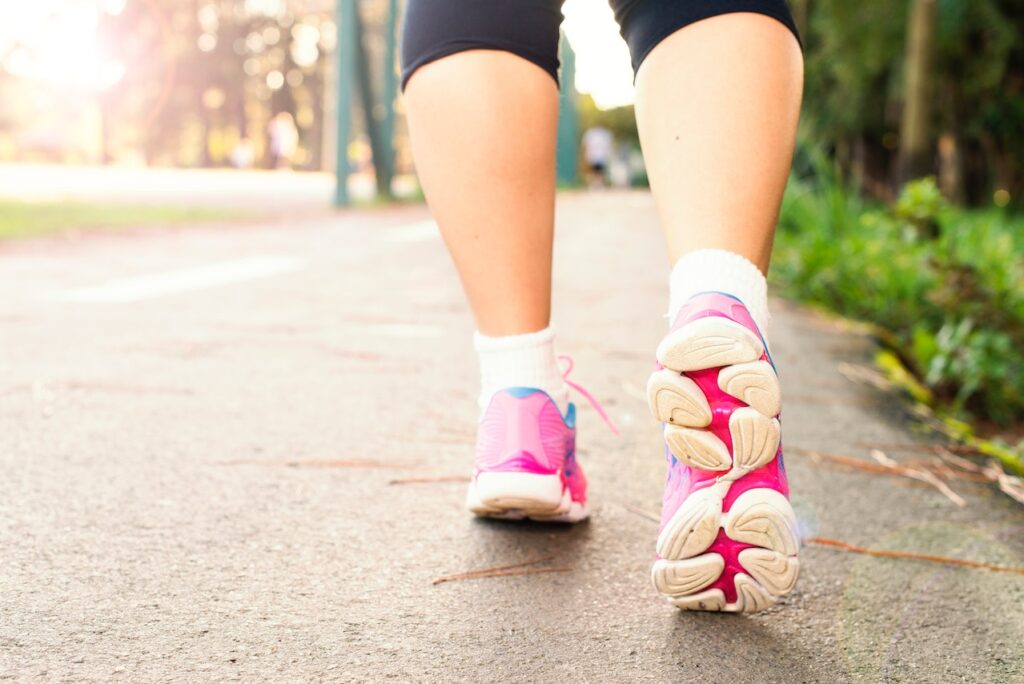
Strengthen Bones and Muscles for Injury Prevention
In addition to cardio, walking offers weight bearing exercise that helps strengthen your muscles and bones. This is crucial for preventing age-related osteoporosis and loss of muscle tone, coordination and balance.
The weight bearing nature of walking places healthy stress on your skeletal system that triggers increased bone density over time. Researchers found postmenopausal women who walked 30-60 minutes four days per week for a year saw up to 18% increases in hip bone density.
This strengthens areas most prone to fractures, like your hips and spine, helping maintain independence and mobility as you age. Walking has also been linked to over 30% reduction in risk of hip fractures.
Walking tones muscles throughout your lower body, including your glutes, hamstrings, quads and calf muscles. But it also engages your core, arms and shoulders for a full body workout. Preventing a gradual decline in muscle mass will make daily activities easier while slowing bone mass loss.
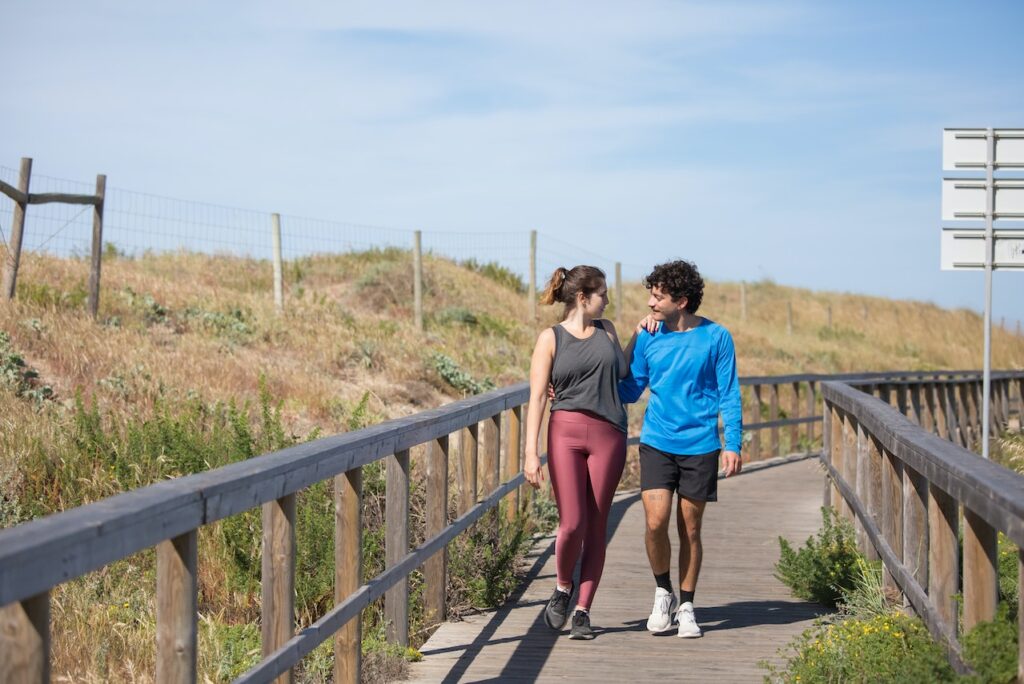
Boost Your Mood and Energy Levels
A daily walk does just as much good for your mind as it does your body. Moving your body releases feel-good endorphins, reduces stress hormones like cortisol and helps relax your mind. This is why going for a walk is an ideal way to boost your mood, relieve anxiety and clear your head.
In fact, research on walking shows it reduces symptoms and risk of depression while enhancing your sense of wellbeing. Walking outside among greenery provides even more mood-lifting benefits by exposing you to sunshine, fresh air and nature.
It can also help you sleep better at night since the moderate activity helps your body temperature start dropping at the appropriate time in your circadian rhythm. This cues restorative deep sleep that leaves you waking up refreshed.
In addition to mood and sleep perks, walking helps elevate your energy levels throughout the day by enhancing circulation and oxygenation. The combination of improved fitness plus endorphins and destressing contributes to you feeling more awake and alert.
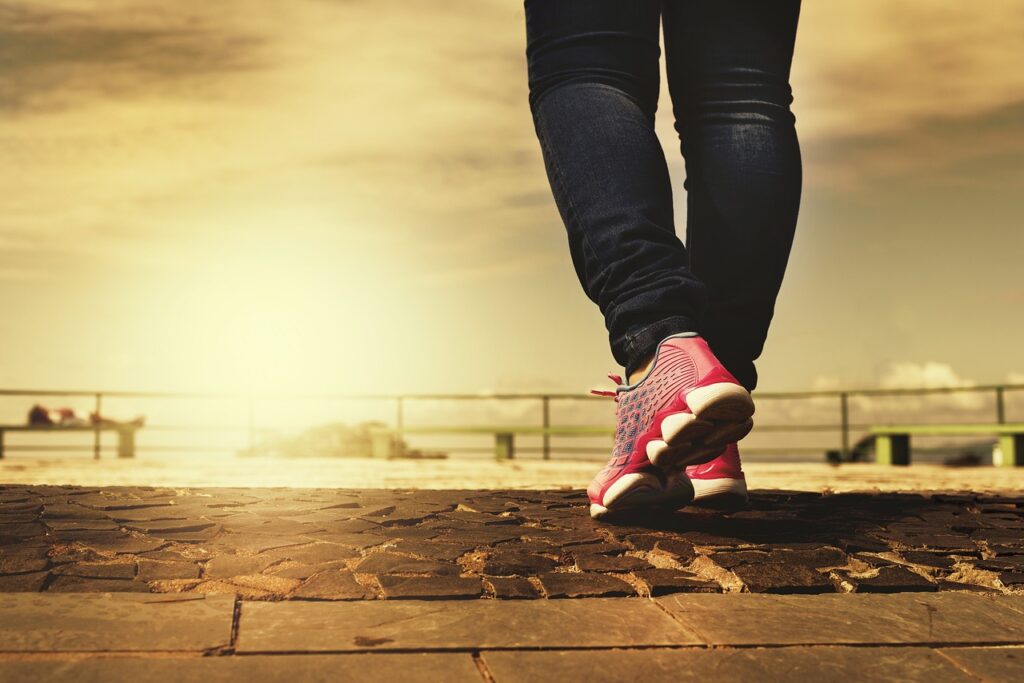
The Best Leggings for Walking Comfort on Any Distance
When it comes to choosing attire for walking, leggings check all the boxes. Leggings provide the ideal combination of comfort, performance, and style whether you are going for a short stroll around the neighborhood or tackling longer distances.
Compared to shorts, leggings prevent chafing and irritation caused by rubbing thighs. They also protect your skin from the sun and offer warmth on crisp days, making them a versatile option year-round. Here are the key factors to consider when shopping for leggings specifically suited for walking:
Stretch and Range of Motion
Walking involves a full range of motion in your hips, knees and ankles, so you want leggings that move with your body. Look for fabrics with ample stretch and recovery like spandex/nylon or spandex/polyester blends. Upwards of 20% spandex content is ideal for maximum flexibility.
The best leggings for walking have four-way stretch that allows them to flex in every direction rather than constricting your movement. They should offer compression without feeling restrictive. Leggings with insufficient stretch are prone to ripping or becoming misshapen with extended wear.
Moisture Wicking Capabilities
Even at a leisurely pace, walking causes perspiration build up. Leggings crafted using moisture-wicking technical fabrics keep you cool and dry by pulling sweat away from your skin so it can evaporate. This prevents discomfort and chafing that can cut walks short.
Natural fibers like cotton tend to retain moisture rather than wicking it away, so they are not the best choice for active leggings. Look for synthetic moisture-wicking fabrics incorporating polyester, nylon or specially engineered fibers like Celliant. Darker shades can also hide embarrassing sweat marks.
Strategic Seam Placement
The placement of seams on leggings impacts both comfort and mobility. Seams positioned directly over high abrasion areas like the inner thighs can cause painful chafing during walks.
Look for leggings designed with flat, non-chafing seams strategically located away from joints and contact points. Seamless leggings are also available for ultimate chafe-free comfort, though these tend to be pricier.
Secure Pockets for Essentials
When you’re on the move, having pockets to securely stash your phone, keys, cash and fuel is a must. Leggings designed for exercise generally incorporate at least one small pocket, but larger cargo pockets offer greater versatility.
Look for leggings with adequately sized, well-placed pockets that keep your items stable rather than bouncing around. Side cargo pockets should fit a modern smartphones and lie flat under your outerwear. Many brands now use slick fabrics within pockets to prevent your possessions from slipping out.
Reflective Details for Low Light Visibility
If walking outdoors near sunset or at night is part of your routine, select leggings decked out with reflective strips and detailing. Strategically placed reflective taping on the legs improves your visibility to drivers and other pedestrians even in dim lighting.
Reflective elements also add style and visual interest during daytime use. Look for leggings that incorporate reflective details along the calves, side seams, back of the knee or as all over prints. Or opt for a reflective vest over your leggings when walking at dawn, dusk or evening.
The Right Rise and Length
Leggings rise and length affect coverage, comfort and functionality during walking. A mid to high-rise fits securely under your navel and prevents any peek of skin between tops and leggings. Longer ankle length leggings provide more protection from the sun versus capri styles.
Consider your body proportions – a high rise may bunch uncomfortably on shorter torsos, while taller walkers likely want at least a 28-30” inseam length. Try on different rises and lengths to assess what works best for your build.
High Quality, Durable Fabrics
Look for leggings constructed from technical fabrics blend specifically for activewear, like Lululemon’s Luon or Athleta’s Powervita, over generic cotton blends. Quality materials hold up better against abrasion and repeated wear, maintaining their shape and performance over time.
The best brands test fabrics rigorously for durability and longevity. Reinforcements like gusseted crotches, articulated knees and ankle cuffs also improve sturdiness in high stress areas. Inspect seams to ensure even, secure stitching and hems that won’t fray easily.
Compression for Muscle Support
Many walkers opt for leggings over shorts because the light compression they provide helps increase blood flow while reducing muscle fatigue and soreness. Improved circulation can enhance stamina and quicken recovery time.
Look for leggings touting targeted compression zones through the quads, calves and other major muscle groups. Graduated compression that is tightest at the ankle then slowly decreases up the leg can quicken venous blood return. Just take care choosing too-tight leggings that constrict movement.
The best leggings for walking check all the boxes when it comes to flexibility, sweat wicking, comfort, visibility and durability. Investing in high quality pairs designed expressly for exercise will ensure you look and feel great, whatever the mileage.
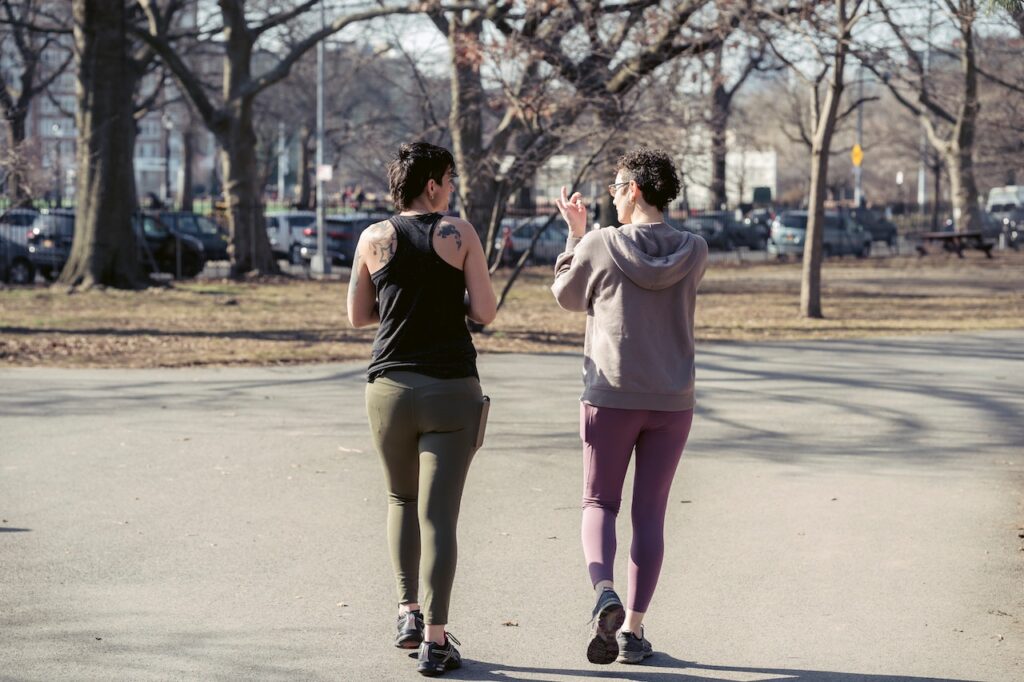
The Takeaway: Start Slowly But Start Today
As you can see, consistent walking pays off in so many ways from reduced disease risk to better sleep, weight control, mental health and beyond. But you don’t have to commit to power walking for miles every day right off the bat.
Begin by taking shorter walks at a comfortable pace and gradually increase your time and distance. Every step counts! Just like strength training, as your fitness improves you can challenge yourself with hills, varied speeds or even weighted vests.
The key is choosing the right walking shoes to prevent aches and pains, then sticking to a regular schedule as part of your daily routine. You’ll quickly start to see the many benefits – from feeling your jeans fit more loosely to having more energy and less stress. Getting in daily activity is one of the best investments you can make in your overall health and longevity.

